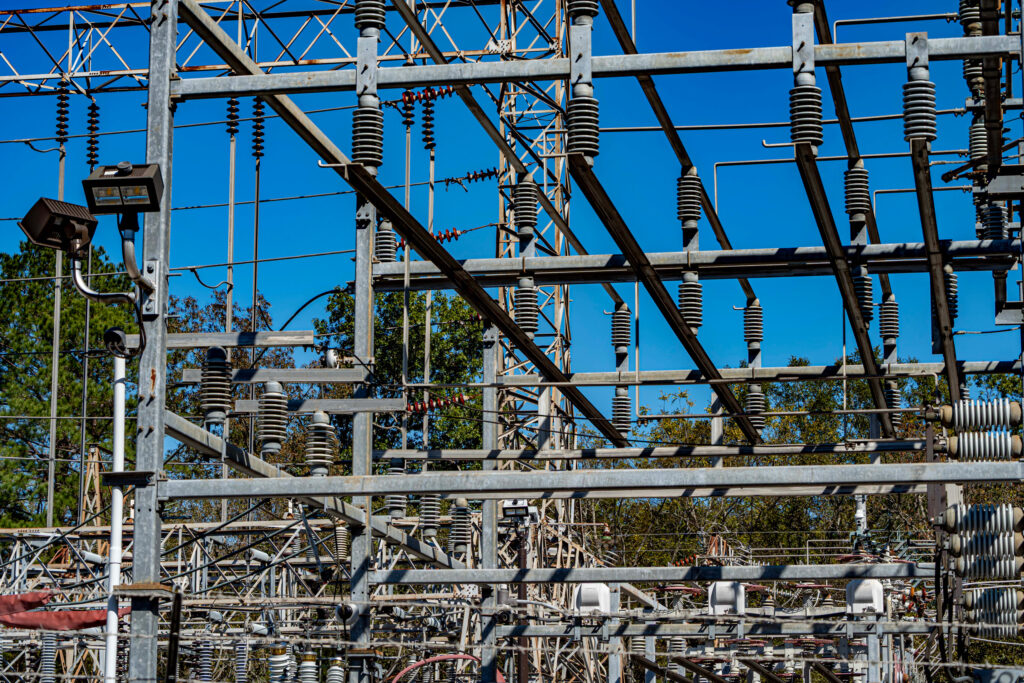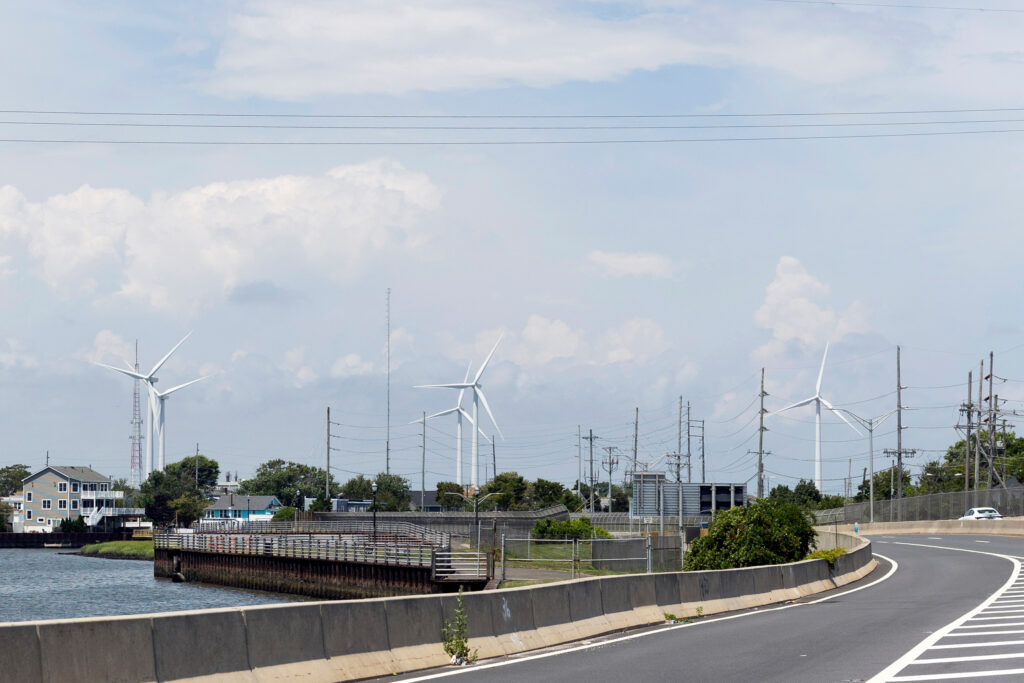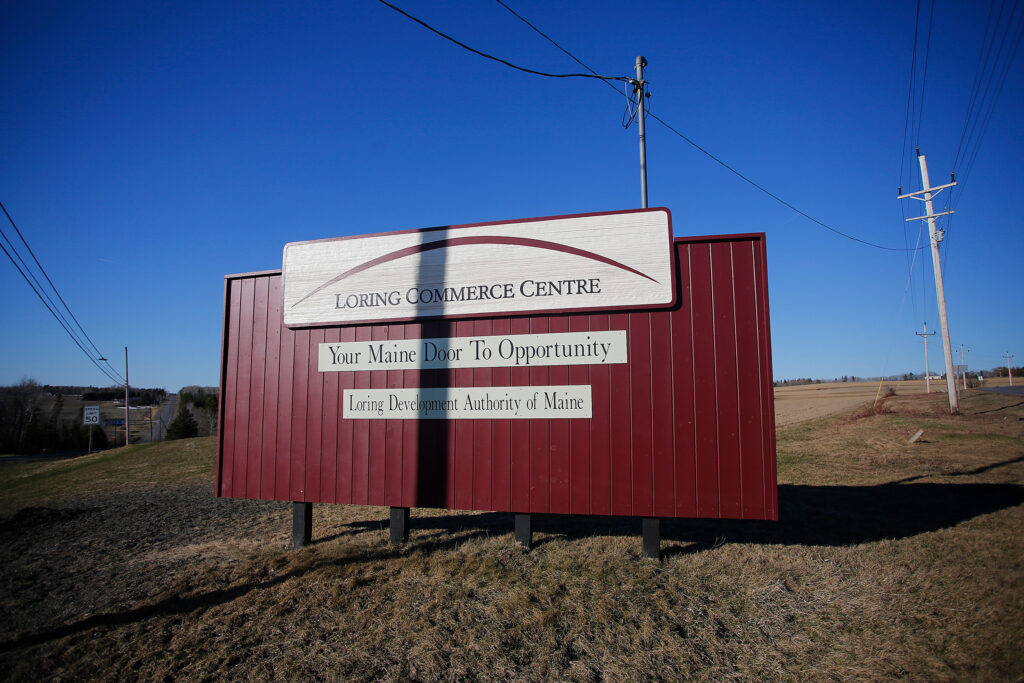PJM Interconnection, the electric grid operator that serves customers in portions of the mid-Atlantic, South and Midwest, is under increasing pressure from state governors, advocates and consumer protection agencies to reform its current rules, which they believe give utilities and energy conglomerates an outsized say in generation and transmission planning.
This hinders states’ ability to meet clean energy and emissions reduction targets and can saddle ratepayers with billions in unjust costs, advocates and states said in recent legal filings and in letters to PJM.
Maryland has long argued that PJM should consider clean energy and growth targets when planning transmission upgrades as more power-hungry data centers are constructed and buildings and transportation are electrified.
The calls for scrutiny grew louder after PJM’s July capacity auction, when companies bid for contracts to provide electricity to meet expected demand for the delivery year that runs from June 2025 to May 2026. Prices jumped over 800 percent, going from $29 per megawatt day to $270.
That unprecedented spike in capacity costs sent a shockwave across the regions PJM serves, as state governments grappled with the likely impact of such a price increase on customers. In a legal complaint, advocacy groups including the Sierra Club cited an estimate that BGE customers’ monthly bills, for instance, could surge by 19 percent as a result of the July auction and would cost the average household an extra $21 per month.
The situation prompted the governors of Maryland, Pennsylvania, New Jersey, Illinois and Delaware to send a joint letter to PJM leaders last month demanding a swift change in capacity market rules and fixes to interconnection issues. More than 3,000 clean energy projects remain stuck in a years-long queue to connect to the grid and start producing power.
“In July, we saw the staggering results of PJM’s capacity auction for the 2025/2026 Delivery Year, with clearing prices almost 10 times higher than the previous auction,” the letter said. “The resulting $14.7 billion bill will be paid by our residents and our businesses and could deter future economic development.”
The governors laid out five requirements they’d like to see implemented in order to lower capacity prices. Most importantly, the letter urged PJM to include in its next capacity auction two Baltimore-area power plants that currently provide about 2,000 megawatts of electricity to the grid and were not included in the July capacity auction.
Brandon Shores, a coal-fired plant, and H.A. Wagner, an oil-fired plant, currently operate under a special Reliability Must Run (RMR) arrangement with PJM. RMR contracts bypass usual bidding requirements. PJM rules do not require RMR units to participate in capacity auctions because the grid operator considers it an emergency arrangement that will be terminated once the contracts expire and the units retire.
But excluding the units created a generation hole that massively jacked up prices. The letter said that “making this change would save consumers between $3-5 billion.”
According to a report from the Maryland Office of People’s Counsel, the company operating the units, Talen Energy, is seeking to recover around $215 million a year for keeping the plants online through at least December 2028.
Del. Lorig Charkoudian, a Democrat from Montgomery County, said the governors’ missive aims to show that PJM’s capacity market rules mainly benefit fossil fuel generation companies due to a governance structure where policies and decisions are made through a stakeholder voting process that favors the incumbent utilities. She said this has made it difficult to quickly transition to clean energy.
“The capacity market plays a really important role in making sure that we have enough capacity on the grid and ensuring reliability,” Charkoudian said. “But if the rules are so broken that we’re paying too much for it, then it’s harming our communities more than it is helping them. That’s the crux of it.”
Jeffery Shield, a spokesperson for PJM, said the grid operator disagrees with the characterization that its capacity rules favor fossil fuel companies. In emailed remarks, he said, “PJM has been warning for some time that policy pressure on generators to retire before their replacement is in place could result in a supply crunch.”
Growing demand for electricity made that happen faster than expected, he said, adding that all available resources are needed to help keep the system reliable. “Our recent auction for generation capacity reflected these fundamentals,” he said.
Shield added that PJM has taken measures in response to the governors’ letter, including delaying the capacity auction set for December, and is considering the possibility of treating the RMR units as capacity in that auction.
Shield said the six-month delay in the capacity auction schedule provides time for PJM, stakeholders and the Federal Energy Regulatory Commission to address potential refinements.
An Unintended Skirmish with Clean Energy
The governors’ letter to PJM also asked to eliminate the “must-offer exemption” for renewable resources such as wind and solar. PJM granted the exemption years ago because wind and solar need appropriate weather conditions to generate energy, and declaring them “must-offer” would require them to provide electricity at any time, regardless of whether the sun was shining or wind was blowing.
The exemption insulated renewable businesses from financial penalties must-offer generation would incur, though the governors’ letter called for PJM to still protect renewable energy “from performance penalties that discourage participation.”
Industry groups representing clean energy businesses were taken aback by the suggestion to eliminate the must-offer exemption and scrambled to register their concerns with the states and PJM.
“There would have to be some kind of weather accommodation,” said Jon Gordon, a director at Advanced Energy United (AEU), an industry group representing clean energy businesses. “There would have to be a whole lot of conditions around that before we can be comfortable with anything like that.”
This story is funded by readers like you.
Our nonprofit newsroom provides award-winning climate coverage free of charge and advertising. We rely on donations from readers like you to keep going. Please donate now to support our work.
Donate Now
He said the July auction showed that electricity demand, which had been flat for many years, is starting to go up, partly due to home electrification efforts, such as heat pumps and EV charging. “Data center load growth is fast entering the picture, which is going to increase the need for power generation at an extraordinary level,” he added.
Gordon sees an increased awareness from state officials of how important PJM is.
“The governors know that an 800 percent increase in wholesale power supply is going to hit their ratepayers, hit their consumers and their economy,” he said. “Consumer electric rates, depending on which state you’re in within the PJM region, could go up as high as 30 percent. That’s massive and that’s got the governors’ attention.”
In their Oct. 25 letter, the governors disagreed with PJM’s argument that high prices will incentivize more generation. Without changing capacity market rules, they said, the upcoming auction could result in over $30 billion in costs to consumers for the 2026-27 delivery year. “This would be far beyond what is needed to send a price signal encouraging new capacity, at the expense of our consumers,” they wrote.
AEU’s Gordon agreed with the governors. “The interconnection queue is backlogged, and PJM is unable to bring new clean energy resources onto the system quickly enough. That’s another reason for not enough power supply to meet the demand,” he said.
The 3,000 clean energy projects waiting to come online are “enough to replace all the generation in the PJM system,” he said. “And now consumers are being asked to pay way more through this auction to further incentivize [new generation].”

State consumer protection agencies, including the Maryland Office of People’s Council, also took PJM to task over the soaring prices.
On Nov. 18, the OPC filed a complaint with FERC. “Thousands of megawatts of existing resources are currently online, but under current rules are not counted as supply,” the complaint said. “The result is the imposition of exorbitant and unreasonable charges on customers for electric capacity, which is intended to ensure resources are available to meet reliability needs.”
In an earlier letter to PJM, advocates and people’s counsels from several states estimated that the capacity costs would have been roughly $5 billion lower had PJM included into its capacity estimates the two RMR plants. The consumer advocates feared that unless PJM changed the rules that exclude RMR units from the capacity auction, more expensive contracts will be handed out to units due to retire by 2030.
Future auctions will likely result in “a windfall for the owners of existing generation” when the interconnection delays are factored in, the people’s counsels concluded.
The Sierra Club and other advocacy groups, including the Natural Resources Defense Council, Public Citizen and the Union of Concerned Sciences, lodged a separate complaint with FERC against PJM’s “unjust and unreasonable” capacity market rules. Unless FERC requires reforms, the complaint said, the three upcoming capacity auctions could stick consumers with $12 billion to $15 billion more in excess costs. The complainants, echoing OPC and governors, asked that FERC require PJM to include RMR units in auction to lower prices and make other reforms.
In a separate Oct. 25 missive, the governors of Maryland, New Jersey, Delaware and Illinois also reminded PJM of its obligation under FERC’s new Order 1920 to start long-term planning that takes into account state clean energy targets.
“PJM should oppose development of scenarios that do not incorporate existing state laws and regulations,” the governors wrote. “Selected scenarios should also minimize the risk of the PJM grid not being prepared to meet state energy policy goals.”
Claire Wayner, senior associate for markets and grids at RMI, a nonprofit focused on clean energy, said such long-term planning can get more generation resources onto the grid faster and at lower cost to consumers. “It would ultimately reduce the long-term capacity market prices that we’re seeing,” she said.
One concern Wayner noted with the letters the Democratic governors sent to PJM is that they can make transmission planning look like a partisan issue. (PJM operates in portions of 10 states, five of which are led by Republicans.) “Transmission can provide benefits across the political aisle and across the PJM footprint,” she said. “And research has shown that regional transmission, regardless of the type of generation or public policy approach, can reduce costs for consumers, and all PJM states stand to benefit from more long-term transmission planning under Order 1920.”
She added that a lot of new generation gets built in more Republican-led states across PJM territory. “Solar and wind farms are being sited in Ohio, Indiana, Pennsylvania, Virginia. And research shows that those new clean energy generation facilities bring substantial benefits to those local communities, including tax revenues.”
Wayner said the governors’ letter is an effort to push for a planning process that preserves a robust role for state engagement. Grid operators must tell FERC by June 2025 how they’re complying with the new requirements.
About This Story
Perhaps you noticed: This story, like all the news we publish, is free to read. That’s because Inside Climate News is a 501c3 nonprofit organization. We do not charge a subscription fee, lock our news behind a paywall, or clutter our website with ads. We make our news on climate and the environment freely available to you and anyone who wants it.
That’s not all. We also share our news for free with scores of other media organizations around the country. Many of them can’t afford to do environmental journalism of their own. We’ve built bureaus from coast to coast to report local stories, collaborate with local newsrooms and co-publish articles so that this vital work is shared as widely as possible.
Two of us launched ICN in 2007. Six years later we earned a Pulitzer Prize for National Reporting, and now we run the oldest and largest dedicated climate newsroom in the nation. We tell the story in all its complexity. We hold polluters accountable. We expose environmental injustice. We debunk misinformation. We scrutinize solutions and inspire action.
Donations from readers like you fund every aspect of what we do. If you don’t already, will you support our ongoing work, our reporting on the biggest crisis facing our planet, and help us reach even more readers in more places?
Please take a moment to make a tax-deductible donation. Every one of them makes a difference.
Thank you,


















